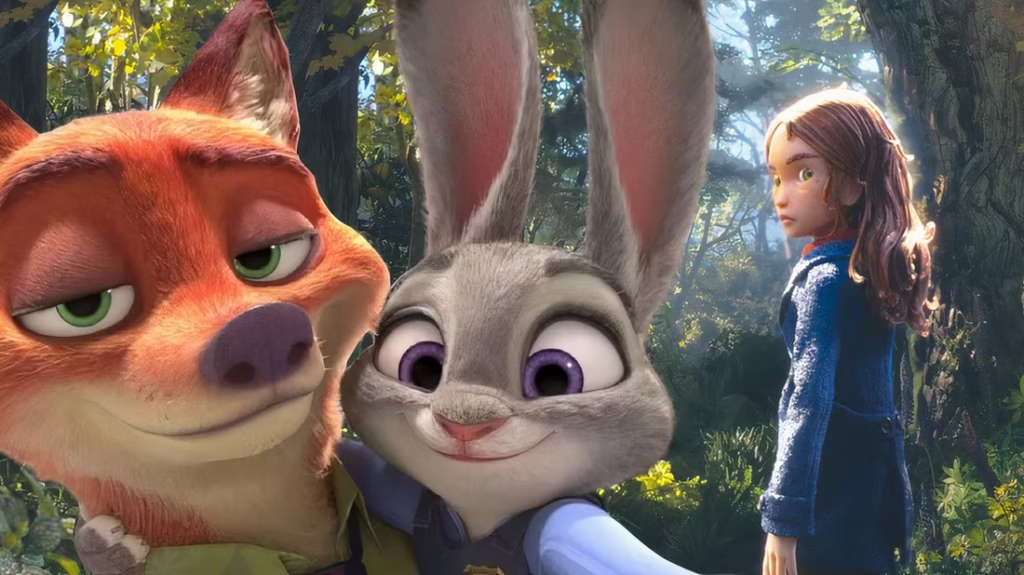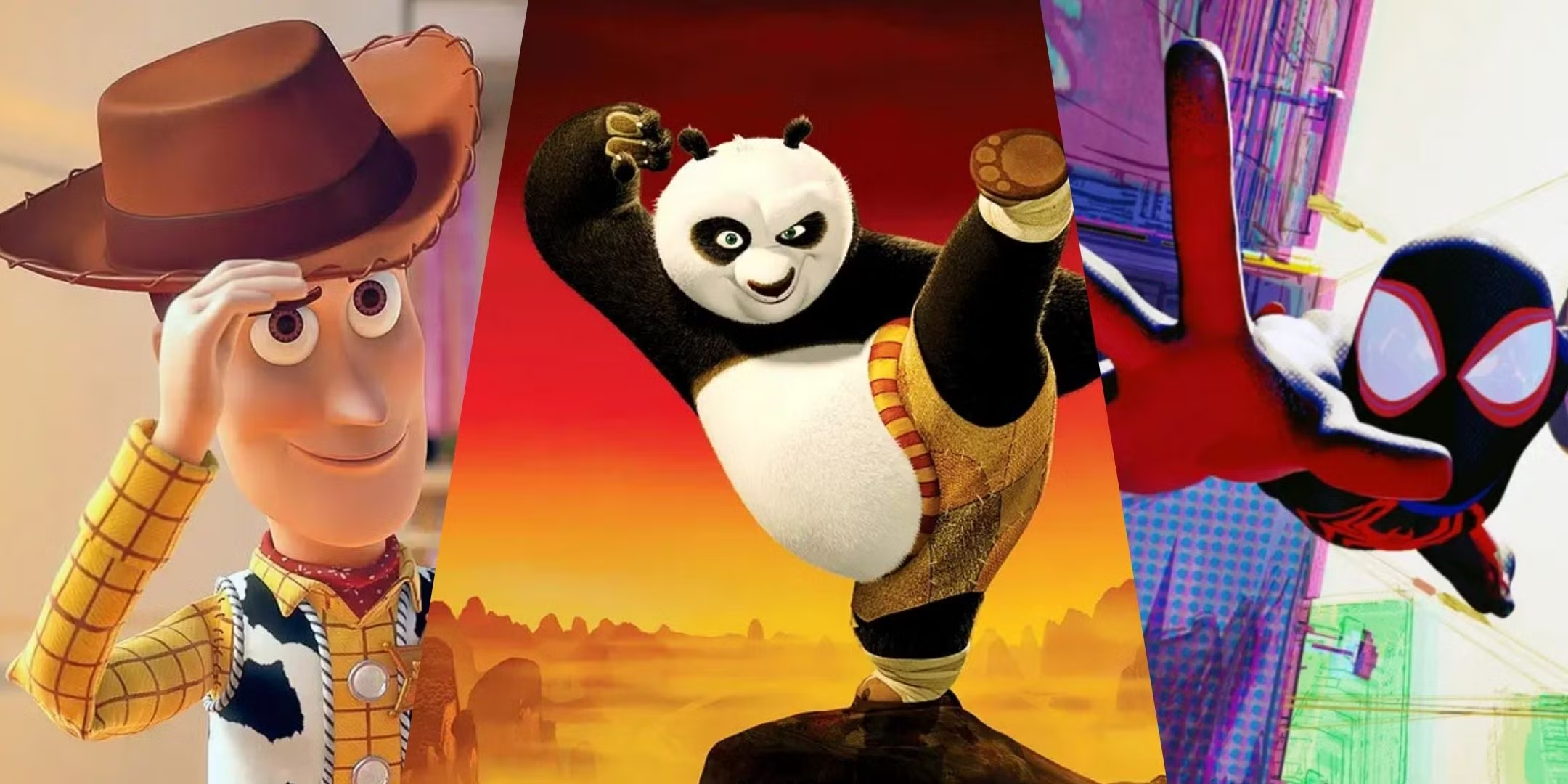Subtotal $0.00
Animation has long been dismissed as “kids’ entertainment,” but over the past few decades, it has proven to be one of the most powerful storytelling mediums in cinema. From hand-drawn classics to cutting-edge CGI, animated movies captivate audiences with their ability to blend fantasy and reality, delivering emotional depth, cultural commentary, and boundless imagination. Whether you’re six or sixty, the magic of animation continues to inspire.
A Brief History of Animation
The roots of animated cinema stretch back to the early 20th century, with pioneers like Walt Disney revolutionizing the field. Snow White and the Seven Dwarfs (1937) was the first full-length animated feature, setting a precedent for timeless storytelling and technical innovation. Hand-drawn animation flourished for decades, giving rise to iconic films such as The Lion King, Beauty and the Beast, and Aladdin.

The 1990s ushered in the digital age, with Pixar’s Toy Story (1995) marking the first fully computer-animated feature film. Its success transformed animation forever, opening the door to new visual possibilities while proving that stories about toys, robots, or fish could strike deeply human chords.
Why Animated Movies Appeal to Everyone
One of the greatest strengths of animation is its universal appeal. Children are drawn to colorful visuals and whimsical characters, while adults find meaning in the layered narratives and emotional themes. For example, Inside Out beautifully simplifies the complexities of human emotions for kids, while simultaneously offering adults a moving exploration of mental health and growing up.
Unlike live-action, animation isn’t bound by the laws of physics or reality. Characters can fly, worlds can bend, and animals can talk—all without breaking believability. This flexibility allows filmmakers to explore themes like love, friendship, grief, and courage in imaginative, yet relatable ways.
Animation as an Art Form
Animation is more than storytelling; it is a unique art form that combines design, music, voice acting, and technology. The level of detail in films like Coco or Spider-Man: Into the Spider-Verse demonstrates how animation can be just as visually stunning—if not more so—than live-action cinema.
Take Spider-Verse, for instance. Its groundbreaking animation style fused comic book aesthetics with cutting-edge CGI, redefining how superhero stories could be told on screen. Similarly, Studio Ghibli’s Spirited Away remains a masterpiece for its hand-drawn beauty and allegorical depth, proving that animation can rival the emotional resonance of any Oscar-winning drama.
The Global Reach of Animated Films
While Hollywood studios like Disney, Pixar, and DreamWorks dominate the global box office, international studios have also left a profound mark. Japanese anime films, particularly those by Studio Ghibli, resonate with audiences worldwide. Hayao Miyazaki’s works—like My Neighbor Totoro and Princess Mononoke—blend folklore, environmental themes, and deeply human characters.
In recent years, animated films from countries like Spain, France, and India have also begun to gain recognition, showcasing the diverse cultural storytelling power of the medium.
Life Lessons Through Animation
Many animated films stay with us long after the credits roll because they convey timeless lessons. The Lion King teaches resilience and responsibility, Finding Nemo reminds us of perseverance, while Up captures the beauty of love and loss. These stories resonate across generations, becoming shared cultural touchstones for families and communities.
The Future of Animation
With advancements in artificial intelligence, virtual reality, and motion capture, the future of animation is limitless. We’re already seeing experimental films push boundaries in style and narrative. At the same time, there’s a renewed appreciation for hand-drawn techniques, as filmmakers seek to preserve the artistry of traditional animation.

Streaming platforms have also expanded access, allowing indie animated films and series to find global audiences more easily. From mainstream hits like Frozen to independent gems like The Breadwinner, the animation landscape is more diverse and exciting than ever.
Final Thoughts
Animation is not merely “for kids.” It is a storytelling medium that transcends age, culture, and language. Animated films hold the power to make us laugh, cry, reflect, and dream, often in ways live-action cannot. They transport us to other worlds while reminding us of our shared humanity.
Whether you revisit a nostalgic favorite or discover a new release, animated movies remain proof that imagination knows no limits. And in a world often defined by boundaries, animation gives us something rare and essential: the freedom to believe in magic.













